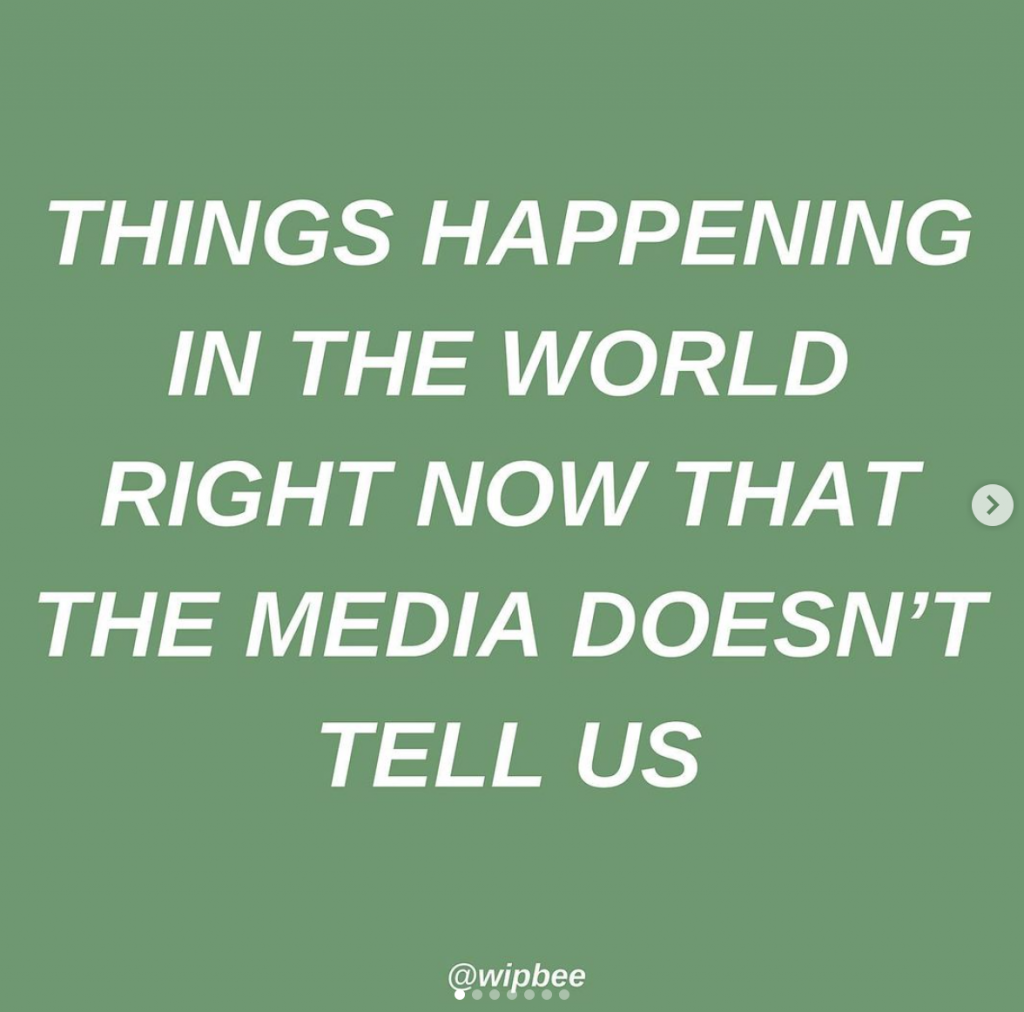A continuation of my BlackOutTuesday Blogpost. Because there is so much more to be said...
There is so much going on in the world. From the burning Amazon to the refugee crisis and Uyghur problematics. Often, people share a type of spreadsheets online going by a title along the lines of “What you should know about … crisis”. These posts contain multiple slides going into the details of the crisis and sometimes include a slide explaining what you can do to help. Then they call on you to share and spread awareness by reposting the slide on your Instagram stories. But this does sound familiar to the #BlackOutTuesday hype. Does reposting a slide really spread awareness? And how can you truly help? Is sharing a post enough or is it merely a ‘feel good about yourself-type of action’?
These infographic slides have become (in)famously known as “performative activism”. They are about a wide range of topics, from gender awareness to racism and environmental issues. The main idea behind these posts though is to give marginalized voices and events with not enough attention a platform to reach a broader audience. Great about these posts is that news is easy to go viral and spread quickly over all of Instagram. However, as I notice personally, they seem to come and go in waves. One day I see the same infographic being reposted on various Instagram stories, and a few days after I never hear or see anything about that same topic anymore. Instead, those people have now reposted another topic for their ‘weekly activism’. This is what bothers me. How do we expect real change to happen (or do the people reposting this even expect change to happen?) when we only leave it at performative activism?
I can’t argue that reposting does not create any awareness though. As Rewired says: “In some cases, the true intent of influencers and brands sharing and creating infographics about social issues is debatable. Some merely want to increase their own engagements and create a positive public perception as someone who cares. However, this shouldn’t discredit the fact that these infographics do have the ability to educate and drive people to create action in the real world”.
Another positive side of infographics must be highlighted. Medium puts it like this: “As more and more Instagram infographics pop up, we must keep in mind the reason why content creators everywhere have turned to the infographic in this political moment: because it is uniquely capable of transmitting a message”. I must agree with this as the slides make information much more accessible. It is simply much more likely that someone will come across an infographic and scroll through this, rather than that they would read a research paper on a topic.

My take on it is this: pick a topic or crisis that you care about a lot, and actually try to be proactive with that cause. Read into it, research it, sign petitions, or reach out to organizations who are putting the work in to help the people who are involved in the crisis. It makes a much bigger difference to dig into a topic, have deep knowledge about it, and try to make a change. It is kind of like this: you can have a lot of basic knowledge about something, but it won’t be enough to excel at something. It’s worth so much more to have a specialism.
References
Medium, Should We Trust Instagram Infographics?
Rewired, Instagram Infographic Activism: One Step Forward or Two Steps Back?



Recent Comments